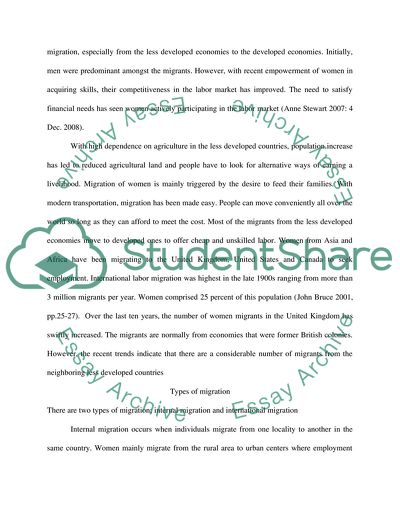Cite this document
(“Migrant women Essay Example | Topics and Well Written Essays - 2500 words”, n.d.)
Migrant women Essay Example | Topics and Well Written Essays - 2500 words. Retrieved from https://studentshare.org/law/1548756-migrant-women
Migrant women Essay Example | Topics and Well Written Essays - 2500 words. Retrieved from https://studentshare.org/law/1548756-migrant-women
(Migrant Women Essay Example | Topics and Well Written Essays - 2500 Words)
Migrant Women Essay Example | Topics and Well Written Essays - 2500 Words. https://studentshare.org/law/1548756-migrant-women.
Migrant Women Essay Example | Topics and Well Written Essays - 2500 Words. https://studentshare.org/law/1548756-migrant-women.
“Migrant Women Essay Example | Topics and Well Written Essays - 2500 Words”, n.d. https://studentshare.org/law/1548756-migrant-women.


